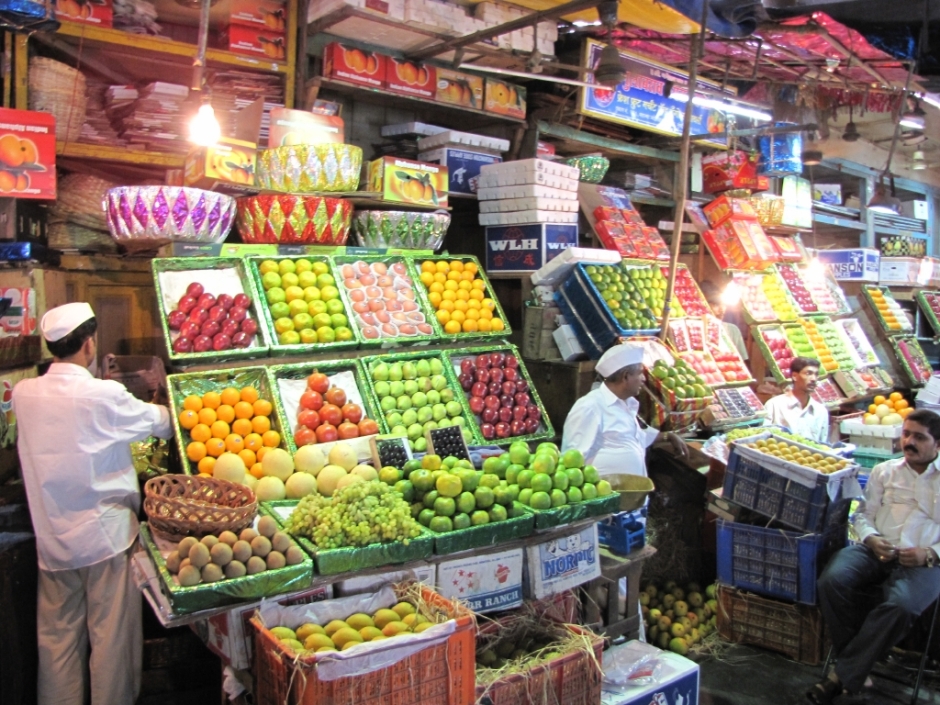The ghost of legendary Jewish entrepreneur David Sassoon lingers over Mumbai, India’s commercial center.
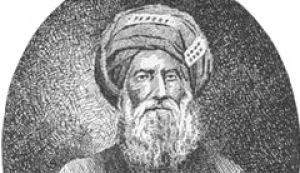
One hundred and fifty years after his death, several landmarks and synagogues in this pulsating, cosmopolitan city bear either his family name or owe their existence to his philanthropy.
Sassoon (1792-1864), the scion of a distinguished Sephardi clan from Iraq, settled in Mumbai, once known as Bombay, in the early 1830s. Such was his financial acumen that it was said of him that “silver and gold, silks, gums, spices, opium, cotton, wool and wheat — whatever moves over sea or land — feels the hand or bears the mark of Sassoon and Company.”
Sassoon, whose influence was felt as far as China, paid for the construction of hospitals, orphanages, schools, libraries and markets. Many of these institutions and places still stand, and one of them, the eponymous Sassoon Dock, lies in the southern neighborhood of Colaba.
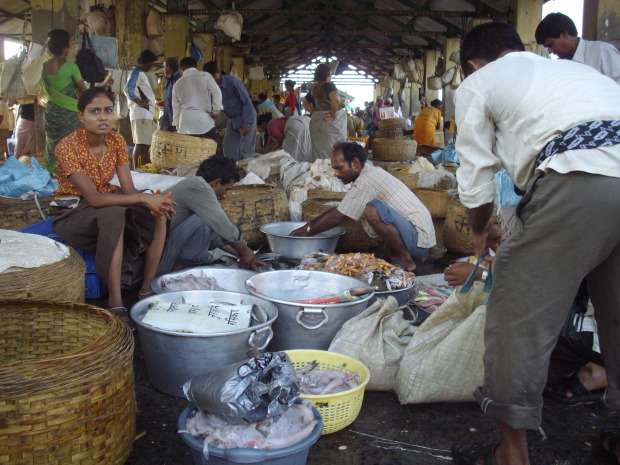
One of Mumbai’s busiest fish markets, the Sassoon Dock faces the Arabian Sea and is strongly redolent of brine. Porters perspiring under a hot tropical sun haul carts to and fro. Truck drivers honk their horns furiously as they cut a swath through thick crowds. Fishermen back with their catch of the day shuck shrimps and decapitate and scale a rainbow of fish glimmering in the bright sunlight.
Further reminders of Sassoon’s philanthropy are the David Sassoon Library — a general reference facility near Bombay University’s leafy campus — and the Flora Fountain, named after his great-granddaughter, who died in 1936. The fountain, located at a five-way intersection in the Fort business district, is close to the ornate Bank of India building, a former Sassoon property.
Nearby are two magnificent historic buildings that would strike any visitor — the Victoria railway station, an example of Italian Gothic architecture, and City Hall, built in the Indo-Islamic style.
Mumbai, with its fairly sizeable Jewish population, has a proliferation of synagogues. The Magen David shul, in the Byculla neighborhood, is one of the finest ones. Constructed in 1861 with funds contributed by Sassoon, it was renovated in 1910.

Painted in pastel blue, with white trim, it’s supported by four sturdy columns and adorned with a clock tower piercing the sky. It’s on the grounds of the Jacob Sassoon High School, most of whose students are Muslims.
Mumbai’s oldest synagogue, Shaar Harahamin, was inaugurated in 1796 by the Bene Israel community, whose members comprise the bulk of contemporary Indian Jewry. Affixed with three blue Stars of David, the cream-colored synagogue is in the predominantly Muslim Masjid district, with its open-air bazaars and ubiquitous red-turbaned ear cleaners.
The biggest synagogue in Mumbai, Magen Hassidim, opened in 1931, when India’s Jewish population reached a peak of about 25,000. Capable of seating 1,000 worshippers, the shul is the venue of weddings, bar mitzvahs and brit milahs.
There are many other sites in Mumbai worth visiting.
The Dhobi Ghat, Mumbai’s largest outdoor laundry, teems with hundreds of half-naked launderers who stand knee-high in tubs of water. They scrub garments with heavy-duty brushes, slap the suds out of trousers, blouses and the like on stone slabs and then hang them out to dry in the humid heat on a web of clothes lines.
Colaba, a haunt of tourists, is filled with fine hotels, restaurants and cafes, as well as interesting handicraft and textile shops.
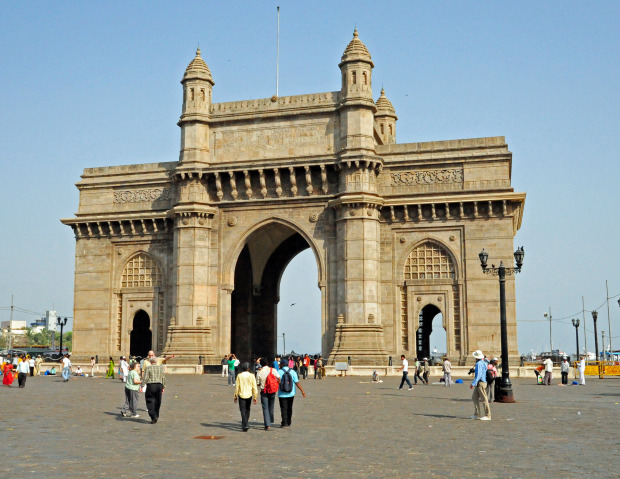
It’s also the site of a grand monument, the Gateway of India, which is emblematic of the British colonial era in India. Constructed in 1911 to commemorate the visit of King George V, it attracts hordes of visitors and offers scenic harbor views of fishing boats and the Taj Mahal Palace Hotel, one of Mumbai’s best.
The hotel was built in 1903 by J.N. Tata, one of India’s most celebrated industrialists, after he was refused admittance into a “European” hotel. Six years ago, Muslim terrorists attacked the hotel, killing 167 of its guests. It has since been refurbished.
Marine Drive, a curved promenade popular with strollers, joggers and lovers, runs along the shore of the Arabian Sea from Nariman Point to the foot of Malabar Hill, one of Mumbai’s most fashionable areas. Its most famous landmark, the Hanging Garden, is ablaze with flowerbeds.

Close by is the eerie Towers of Silence, a walled park off-limits to visitors. This is where the Parsi minority, which forbids burials or cremations, lays out its dead in the open to be picked clean by vultures and other birds.
In an obscure corner of Malabar Hill is Banganga Tank, an intriguing neighborhood that has the feel of a traditional Indian village. Its steep stairways lead to Hindu temples and pilgrims’ rest houses.
In one temple, I saw two swastikas emblazoned on a door, but I was not shocked. The swastika, an ancient Hindu symbol, was expropriated from India by the Nazis for their own dark ends.
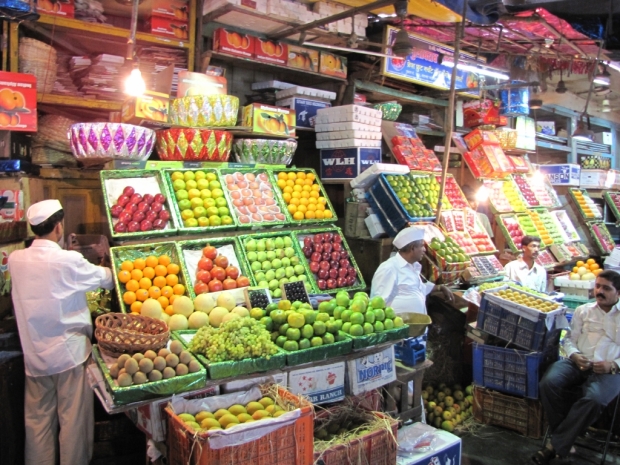
Crawford Market, a tumultuous maze of outdoor and enclosed shops, resounds to the cacophonous blare of car horns and the buzz of scooters. The market, a study in controlled chaos, can be hazardous to newcomers who haven’t learned how to nimbly navigate its fume-infested roads.
“Come, come, come,” said my guide, guiding me across an incredibly congested road. Propelled forward by an inexorable flow of pedestrians, I escaped unscathed.
